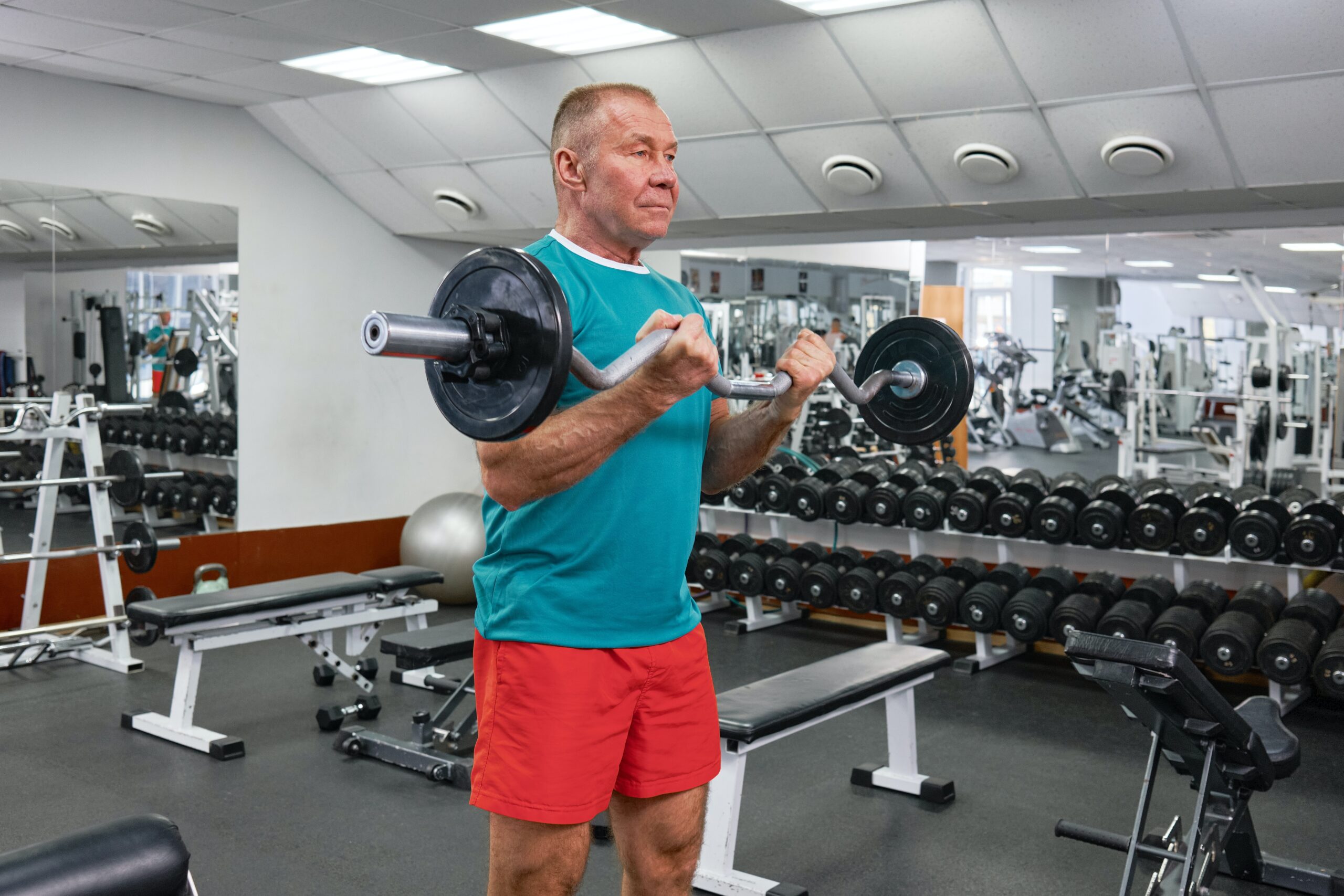Movement
Comprehensive Guide to Strength Training for Seniors

Hey there, fellow seniors! Are you ready to pump up the energy and reclaim your strength? It’s time to grab those dumbbells, dust off your sweatbands, and get ready to embark on a fitness journey tailored just for you. In this comprehensive guide, we’ll explore the incredible benefits of strength training, offer some useful tips, and share a few laughs along the way.
Why Strength Training? Let’s break it down. As we age, it’s no secret that our bodies undergo various changes. Muscles tend to weaken, bones become brittle, and our energy levels may dwindle. But fear not! Strength training emerges as a superhero in this tale, ready to fight off these age-related villains.
By engaging in regular strength training exercises, you’re giving your muscles the love and attention they deserve. It not only helps improve your overall muscle strength but also promotes better balance and stability. So, say goodbye to those wobbly knees and say hello to steady feet!
Now, I’m not saying you’ll transform into the next lumberjack or bodybuilder, but hey, who doesn’t want to rock a strong physique? Strength training also increases your metabolism, helping you maintain a healthy weight and ward off potential health issues. It’s like turning up the heat on a simmering pot of soup – things start bubbling and burning those extra calories!
So, where do we start? First off, it’s essential to start slow and listen to your body. You’re not in a race against time, and remember, Rome wasn’t built in a day. Begin with resistance exercises using weights or resistance bands. Aim for two to three times a week, and gradually increase the weight as you feel more comfortable. Flex those muscles, but don’t forget to flex a smile too!
Variety is the spice of life, and the same goes for strength training! Mix it up by working different muscle groups on different days. Mondays could be all about those biceps, while Thursdays are for your powerful legs. Spice things up like a well-seasoned meal, and you’ll add some flavor to your fitness routine.
But wait, there’s more! Don’t restrict yourself to dull and repetitive exercises. Explore the wonders of dynamic and functional movements. Try squats while holding a medicine ball or do lunges with a side twist. Not only will these exercises keep you entertained, but they’ll also mimic real-life movements, making everyday tasks easier to handle. Who knew exercise could be so practical?
Remember, we’re all in this together, seniors! Consider joining a strength training class at your local community center or gym. It’s a fantastic opportunity to meet like-minded individuals, share stories, and motivate each other. You might even form your own squad – the Silver and Fierce!
Let’s not forget the importance of safety. Before embarking on any fitness journey, it’s crucial to consult with your healthcare provider. They know your medical history and can guide you on what exercises to avoid or modify. Safety first, folks!
To fuel your strength training endeavors, don’t underestimate the power of proper nutrition. Your body needs the right balance of protein, carbohydrates, and healthy fats. Incorporate nutrient-dense foods into your diet, such as lean meats, whole grains, fruits, and vegetables. And let’s not forget the importance of hydration – drink up, my friends!
Last but not least, stay positive and keep that mental wellness in check. Surround yourself with optimism and celebrate small victories along the way. Laugh, smile, joke around with your workout buddies – after all, it’s not just about building muscles; it’s about building a joyful and vibrant life.
So, fellow seniors, let’s dive into the world of strength training with gusto! Remember to have fun, challenge yourself, and stay committed. With each rep, you’re not only building strength but embracing the golden years with spunk and vitality. Together, let’s show the world that age is just a number, and we’re the masters of our fitness destiny.
Keep lifting those weights!
